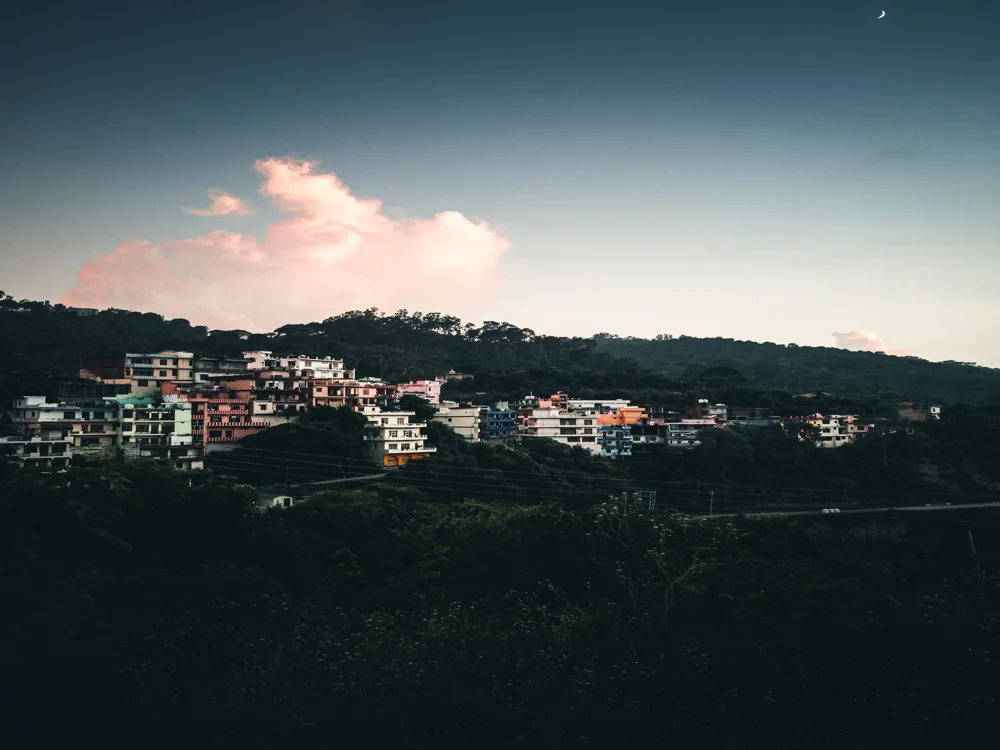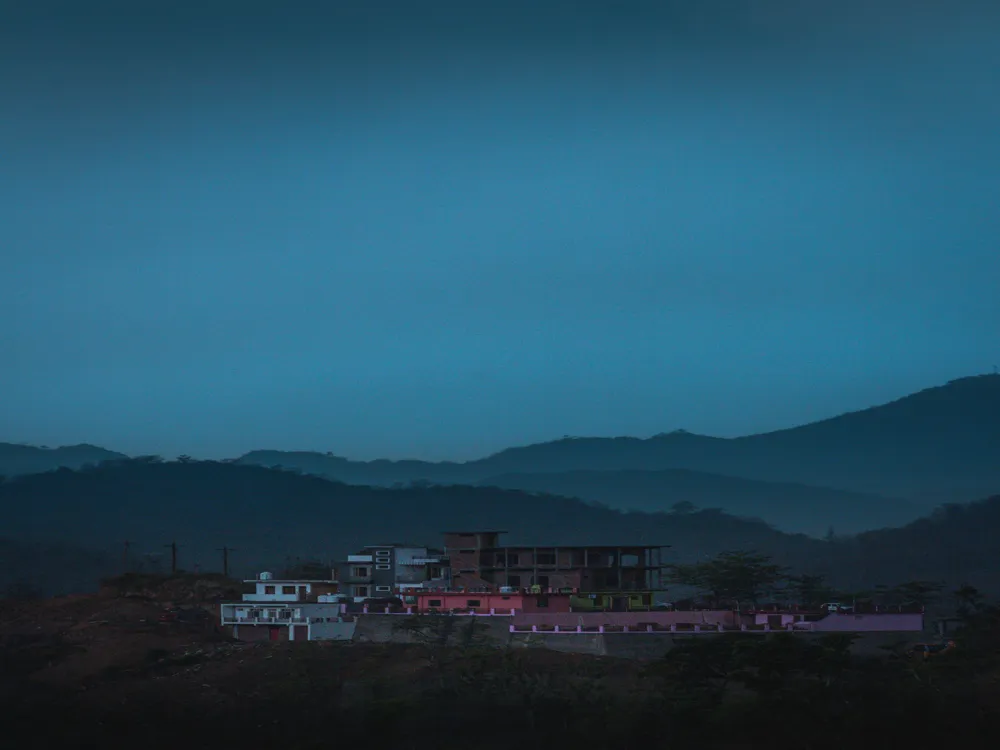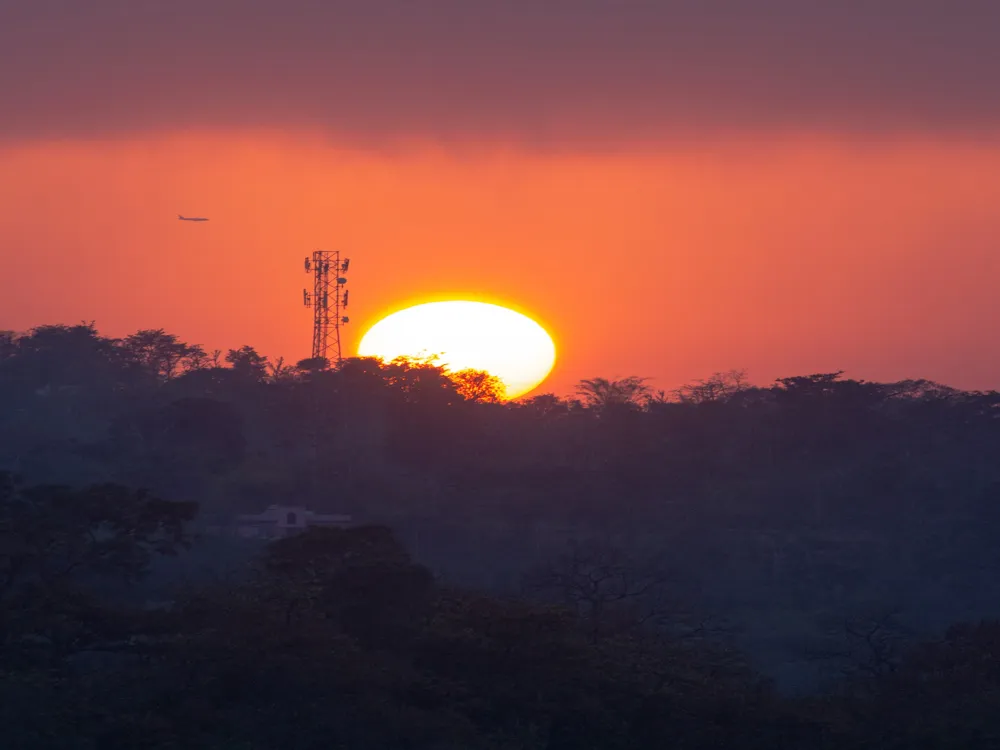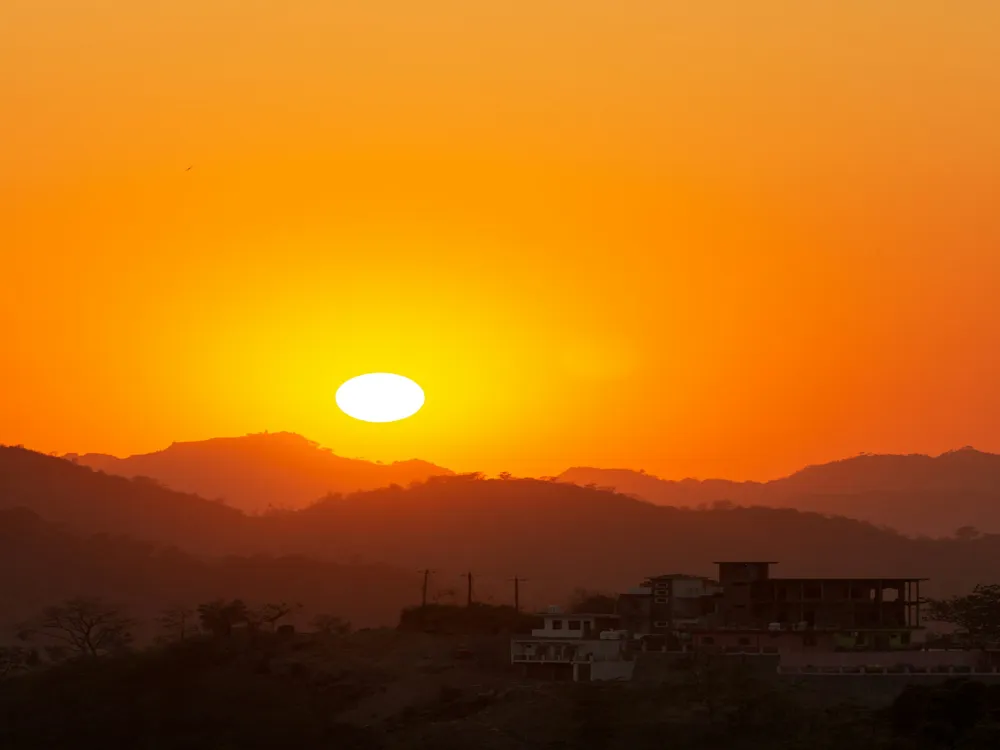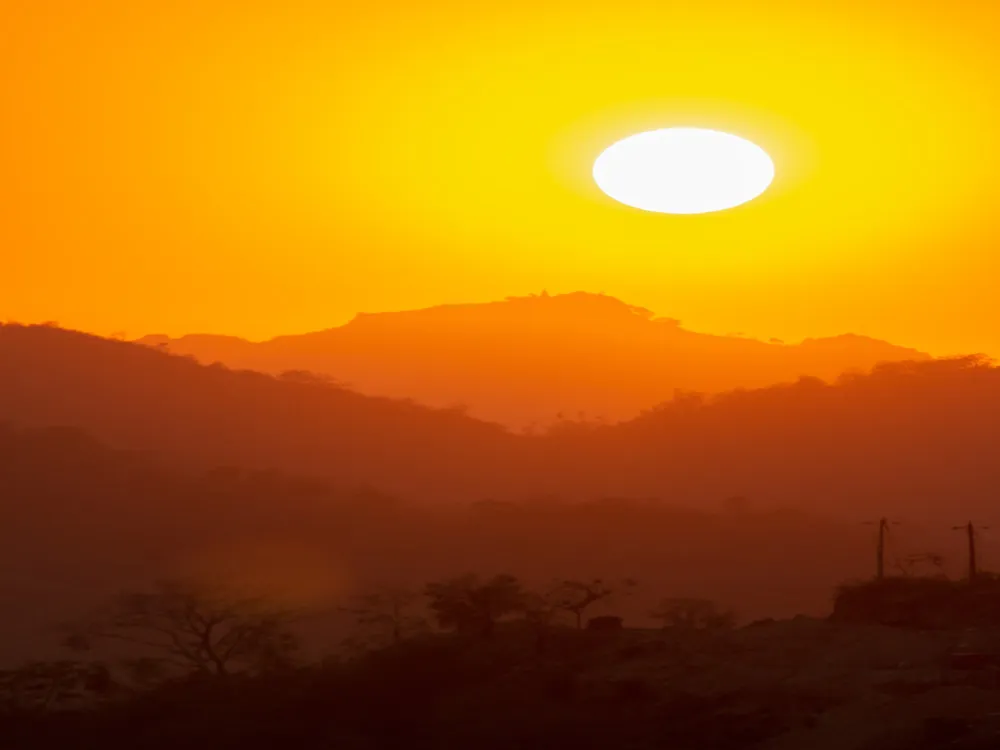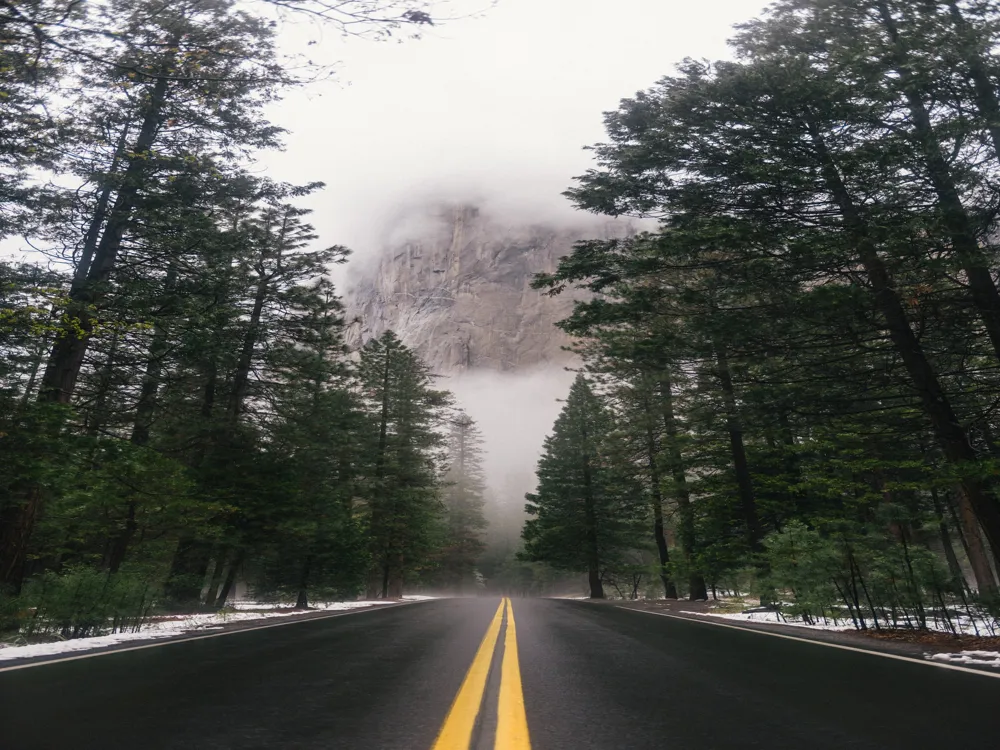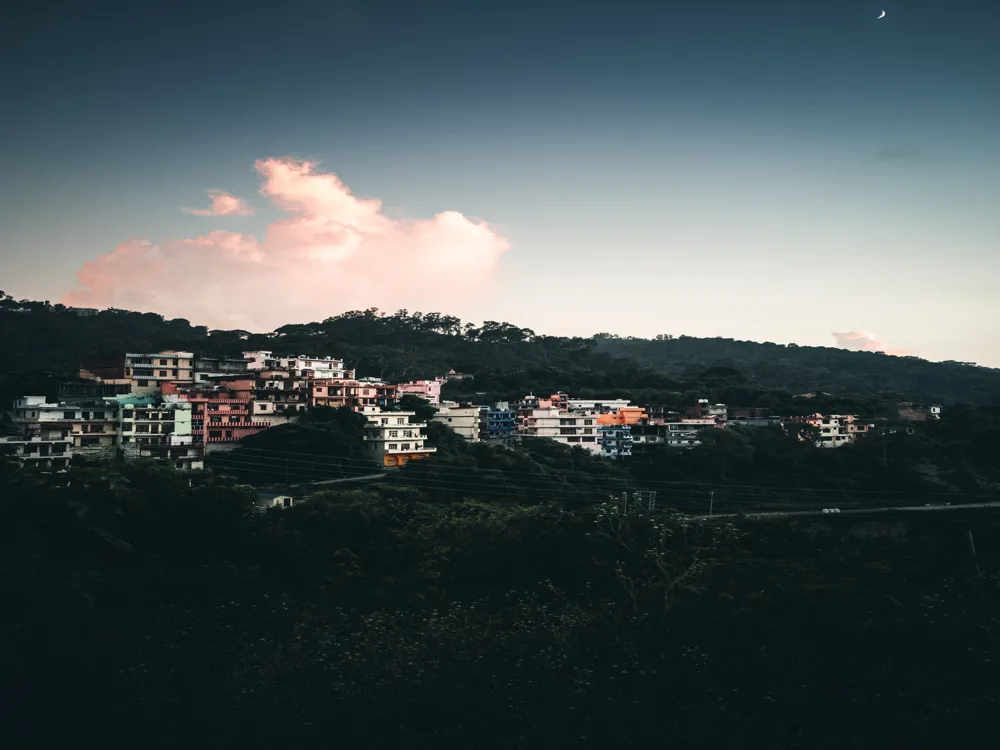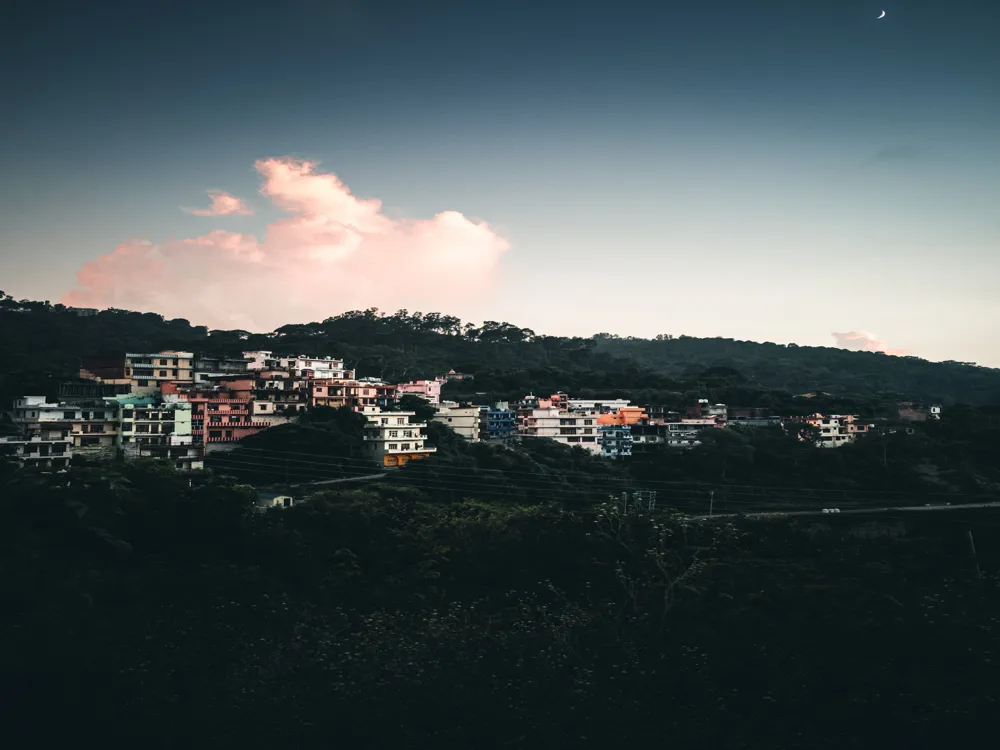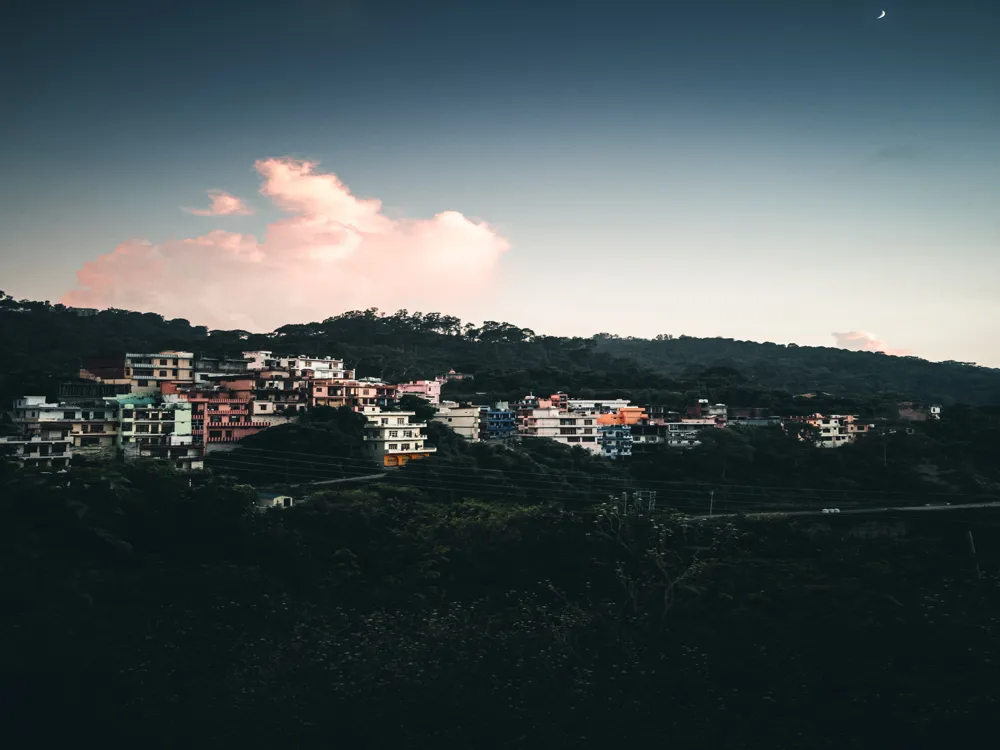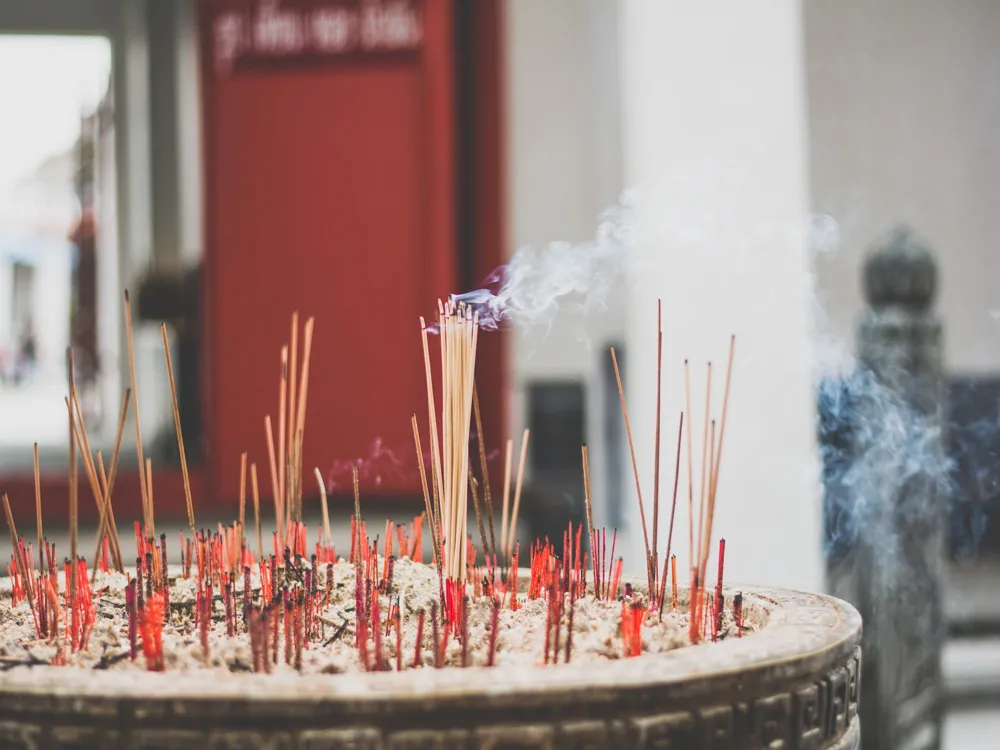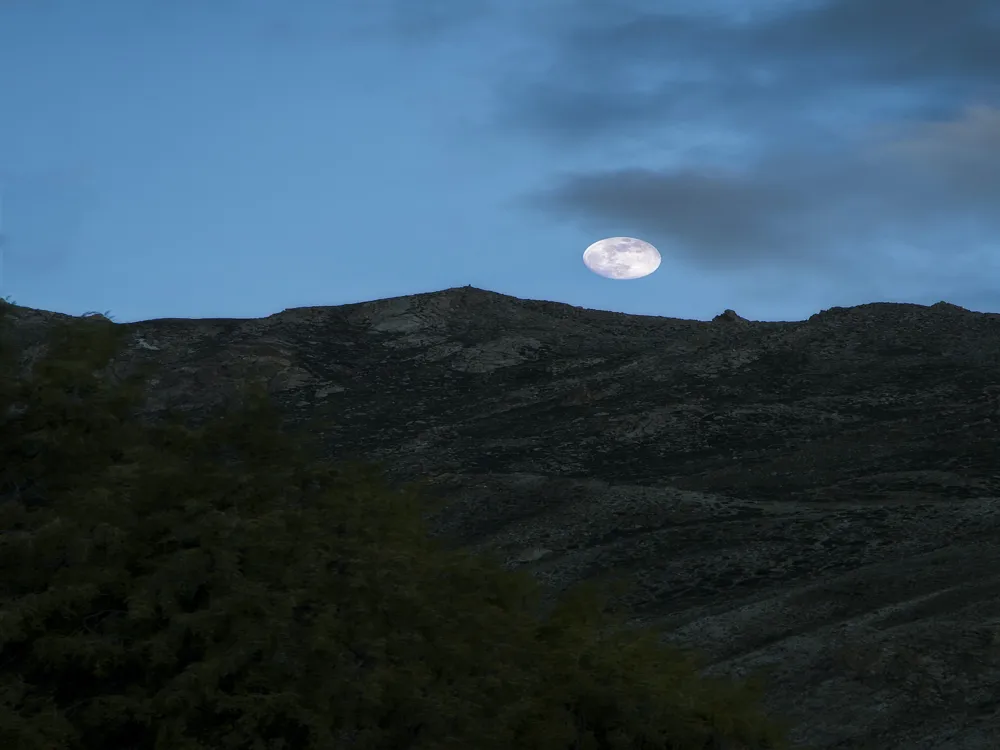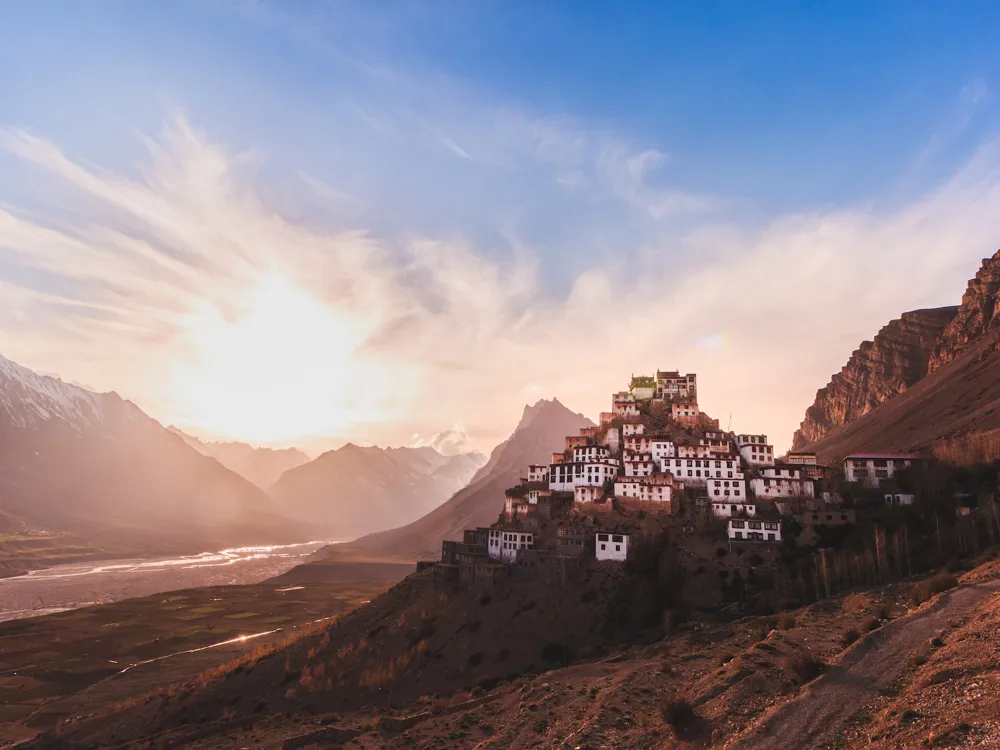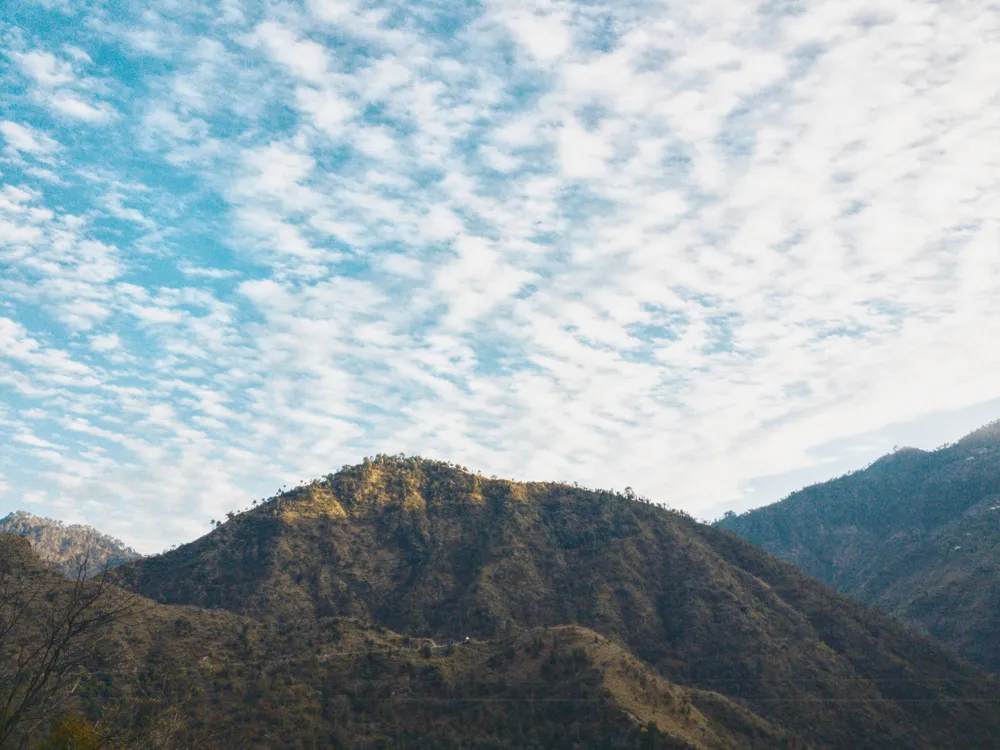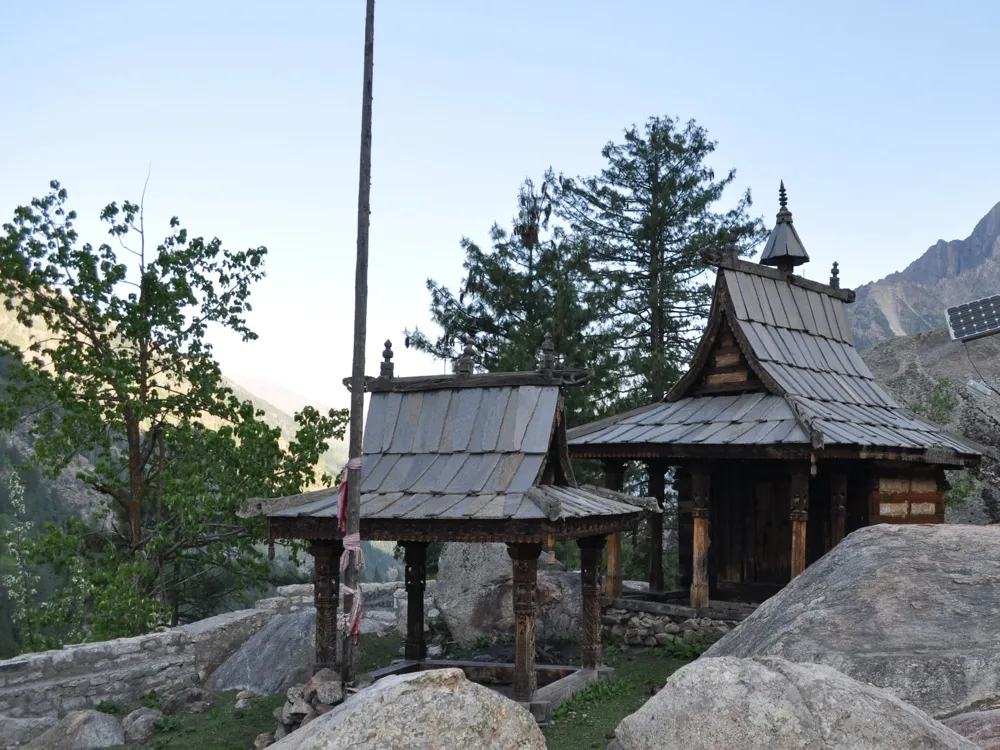Best Time to Visit Nahan
Himachal Pradesh India
20 out of 42 Places to visit in Himachal PradeshNaN onwards View Packages
Get Customized PackagesThe Land of Diversity
Top Hotel Collections

Private Pool

Luxury Hotels

5-Star Hotels

Pet Friendly
What is the Best Time to Visit Nahan?
Nestled in the Shiwalik Hills, Nahan exudes a tranquil charm that varies with the changing seasons. The optimal time to explore this Himachali town is during the months of September to November and March to June. During these periods, Nahan experiences pleasant weather with temperatures ranging from 10°C to 30°C. Spring brings blooming flowers, while autumn showcases a tapestry of warm hues. Choosing the best time to visit Nahan ensures a delightful experience, allowing travelers to explore its historic sites, revel in nature's beauty, and indulge in the serenity that defines this offbeat gem.
More about the Best Time to Travel to Nahan
Travel Peak Season in Nahan
Nahan's peak season, from March to June and September to November, is a symphony of mild weather and natural splendor. With temperatures ranging from 10°C to 30°C, this period provides an optimal backdrop for exploring Nahan's historic sites, including the Rani Tal and Ranzor Palace. The clear skies and moderate climate create an ideal environment for outdoor activities, nature walks, and immersing in the town's cultural richness. Travelers during the peak season can witness Nahan in its full glory, ensuring a comprehensive and enchanting experience in this Himachali retreat.
Travel Offseason in Nahan
The offseason in Nahan, primarily during the scorching summer months from June to August, offers a unique perspective for those seeking solitude and respite from the heat. While temperatures may rise, it's an opportune time for nature enthusiasts to witness the lush transformation of Nahan's landscapes. Indoor activities, including visits to museums and cultural centers, provide a cool escape. The offseason invites a quieter ambiance, allowing for a more introspective and personalized connection with Nahan's natural wonders, away from the peak-season crowds.
Nahan Travel Packages
View All Packages For Nahan
Nahan in Shoulder Season
Nahan in the shoulder seasons, February and December, presents a delightful climate with fewer crowds. With temperatures ranging from 5°C to 20°C, it's an opportune time for a more contemplative visit, enjoying the crisp air and serene ambiance. The shoulder seasons offer a quieter atmosphere compared to the peak months, allowing for a more intimate connection with Nahan's historic and natural treasures. Whether exploring the town's heritage or savoring moments of tranquility, Nahan in the shoulder season provides an optimal setting for a rejuvenating and delightful experience.
Nahan in Hot Season
Nahan in the hot season, from June to August, experiences warmer temperatures, ranging from 15°C to 35°C. While the heat may be more pronounced, this period offers a unique perspective on Nahan's landscapes, with lush greenery and occasional showers. Visitors can still enjoy shaded trails and explore the natural beauty of the region during cooler parts of the day. The hot season is ideal for those who can withstand the heat and wish to experience Nahan's verdant landscapes with fewer fellow travelers, unveiling a different facet of this Himachali town.
Nahan in Rainy Season
Nahan in the rainy season, from July to September, transforms into a lush green landscape with occasional rain showers. While outdoor activities may be limited, the town's trails take on a different charm amidst the verdant surroundings. Travelers during the rainy season can explore Nahan's natural wonders indoors, witness the beauty of the monsoon rains, and enjoy a quieter experience away from the crowds. The rainy season in Nahan invites those who appreciate the beauty of nature and are willing to embrace the unique ambiance created by the rain in this Himachali retreat.
Nahan in Cool Season
Nahan in the cool season, from December to February, offers a chilly yet enchanting atmosphere for travelers. With temperatures ranging from 0°C to 15°C, this period is perfect for those seeking a winter escape and panoramic views of the surrounding hills. The cool season sets the stage for enjoying cozy moments, capturing the crisp mountain air, and relishing the tranquility of Nahan. While outdoor activities may require layers, Nahan in the cool season provides a serene and picturesque setting for a winter retreat, creating a memorable and charming experience in this Himachali haven.
Places To Visit In Nahan
View All Places To Visit In NahanNearby Places Nahan
Nahan Photos
View All Photos For NahanBrowse Package Collections
Browse Hotel Collections
Faq
Q: What is the best time to visit Nahan?
A: Nahan, with its pleasant weather throughout the year, offers different charms in different seasons. However, the ideal time to visit depends on your preferences and the experiences you seek.
Q: When is the peak tourist season in Nahan?
A: The peak tourist season in Nahan is during the months of March to June. During this period, the weather is comfortably warm, making it perfect for outdoor activities and exploration.
Q: Is Nahan suitable for a visit during the monsoon season?
A: While Nahan receives moderate rainfall during July to September, it is not the most recommended time to visit, as heavy rains may restrict outdoor activities. However, if you enjoy the lush greenery and can manage occasional showers, it can be a unique experience.
Q: Are winters a good time to visit Nahan?
A: Yes, winter (October to February) is a magical time in Nahan, especially if you appreciate the chilly weather. The town is enveloped in mist, and you can enjoy the scenic beauty with a chance of witnessing snowfall in nearby areas.
Q: What festivals or events make visiting Nahan special?
A: Nahan hosts various festivals and events throughout the year. The Sirmouri Dance Festival in April and the Suketi Fossil Park Excavation Site visit can add cultural and educational dimensions to your visit.

